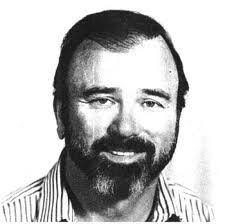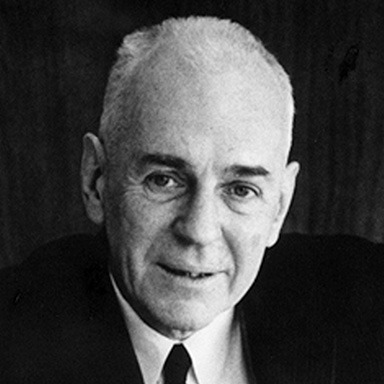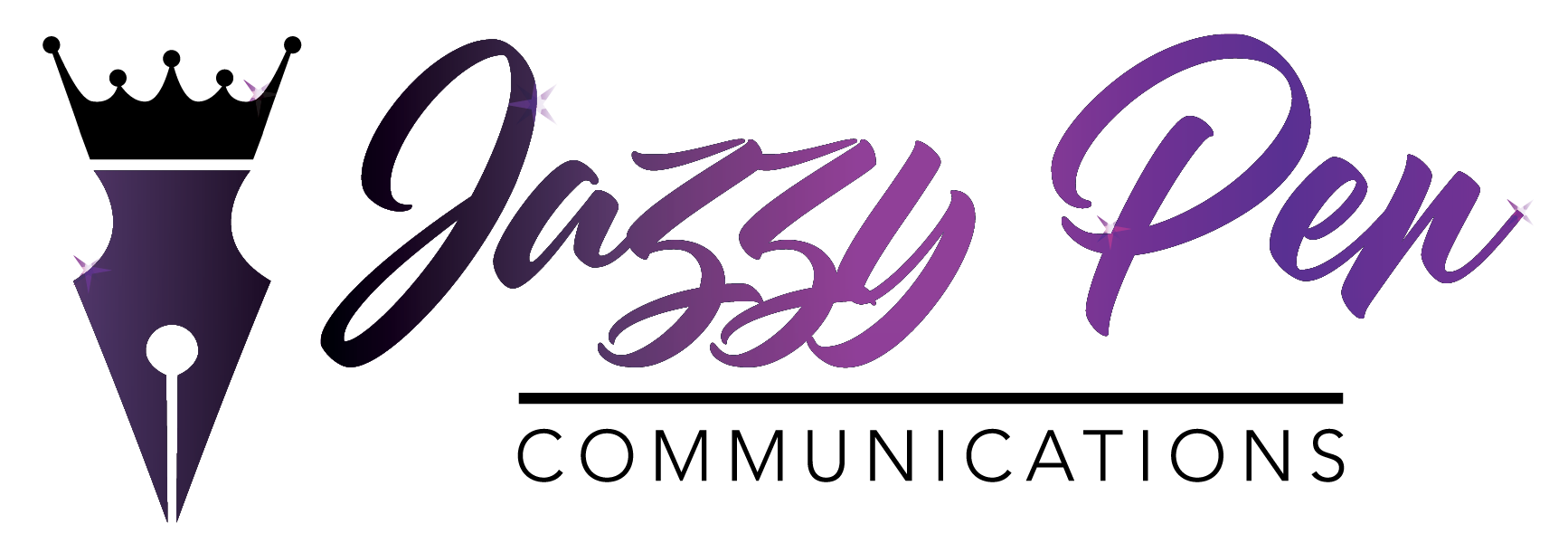You’ve heard the old saying “Experience is the best teacher.” Well, there’s something to be gained from experienced and wildly successful copywriting legends like John Caples, Gary Halbert and David Ogilvy. They wrote brilliant advertising copy that was so good, readers actually kept the ads to refer to later. That’s what I call powerful copy!
Here are three great copywriting strategies you can start using right away:
- “Write the way you talk. Naturally.”
 This gem comes from David Ogilvy, known as the “Father of Advertising.” And while it doesn’t seem like a highly classified trade secret, breaking the rules and habits we were taught in school about proper English usage is tough. In this age of digital assistants and voice recognition, writing like we speak is paramount. How do you accomplish it? Listen to yourself speak and more importantly, listen to your audience. Use the words they use. It is more than likely that these words will resonate with your audience. Don’t be afraid to use contractions and even slang. Please note there’s a difference between slang and industry jargon. Ogilvy also said, “Never use jargon words like reconceptualize, demassification, attitudinally, judgmentally. They are hallmarks of a pretentious ass.” And you don’t want to be an ass, do you?
This gem comes from David Ogilvy, known as the “Father of Advertising.” And while it doesn’t seem like a highly classified trade secret, breaking the rules and habits we were taught in school about proper English usage is tough. In this age of digital assistants and voice recognition, writing like we speak is paramount. How do you accomplish it? Listen to yourself speak and more importantly, listen to your audience. Use the words they use. It is more than likely that these words will resonate with your audience. Don’t be afraid to use contractions and even slang. Please note there’s a difference between slang and industry jargon. Ogilvy also said, “Never use jargon words like reconceptualize, demassification, attitudinally, judgmentally. They are hallmarks of a pretentious ass.” And you don’t want to be an ass, do you?
The takeaway here is casual writing is easier to read and helps to make a better connection with your audience. Don’t use jargon, for fear of sounding like an ass.
- “Don’t forget to always add a P.S. because some people read that part of the [sales] letter first.”
 This sage advice was shared by Gary C. Halbert, aka the Prince of Print. He was talking about a sales letter, but we can apply this advice to email campaigns, where the p.s. works well. P.S. stands for postscript derived from the Latin word post scriptum that means “written after.”
This sage advice was shared by Gary C. Halbert, aka the Prince of Print. He was talking about a sales letter, but we can apply this advice to email campaigns, where the p.s. works well. P.S. stands for postscript derived from the Latin word post scriptum that means “written after.”
According to Professor Vogele, author of Handbook of Direct Mail, Halbert’s advice is right on target because the professor notes, “Over 90% of readers read the PS before the letter…” Knowing that, the postscript can serve as a second headline. It gives you a final opportunity to create urgency, provide a reminder, share a new offer or even highlight a testimonial. Halbert also said, “And what the P.S. should say is some little thing additional about one of the items of hot enticing info you’ve already given.”
The takeaway here is that there is power in the postscript, aka the p.s. Use it wisely as another call to action!
- Write benefits into your headlines.
 This final suggestion comes from John Caples, an advertising pioneer who became known for his popular headline: “They laughed when I sat down at the piano, but when I started to play!” It was a masterful way to pique the reader’s interest and has been lauded as one of the most effective ad headlines of all time. But headlines featuring benefits are the most successful. According to Caples, “The best headlines are those that appeal to the reader’s self-interest, that is, headlines based on reader benefits. They offer readers something they want – and get from you.”
This final suggestion comes from John Caples, an advertising pioneer who became known for his popular headline: “They laughed when I sat down at the piano, but when I started to play!” It was a masterful way to pique the reader’s interest and has been lauded as one of the most effective ad headlines of all time. But headlines featuring benefits are the most successful. According to Caples, “The best headlines are those that appeal to the reader’s self-interest, that is, headlines based on reader benefits. They offer readers something they want – and get from you.”
The takeaway here is when writing headlines, think of the single most important benefit your product or service offers. What does your reader get from it? So instead of presenting “an easy to use accounting software program,” offer a way to “eliminate money worries” or “get control of business finances.” See how that works? Benefits sell!
Which of these old school techniques from the advertising and copywriting legends will you incorporate in your copy?

